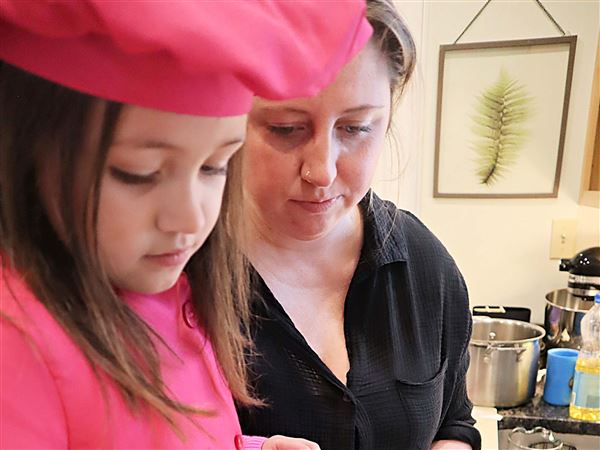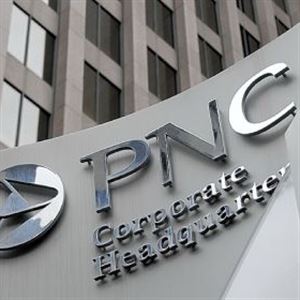Native plants are the stars of the Pittsburgh Botanic Garden. But last week, at a ceremony to celebrate progress on the 460-acre public garden in North Fayette and Collier, two animals stole the show — one making his final performance.
“It was the dedication of the Lotus Pond, and everyone was watching a snake try to swallow a huge frog,” said a slightly embarrassed Greg Nace, the garden’s president.
What was almost as startling was that the pond, which captures treated acid runoff from coal mines on the property, could support snakes, frogs and other wildlife. It was a crystal-clear sign that the garden is already having an impact a year before it’s grand opening.
More than 20 years in the making, the garden’s $15 million first phase is adding hardscape to go with 5,200 trees, shrubs, bulbs and perennials that have been planted over the last five years in this wooded acreage by Settler’s Cabin park. On Aug. 1, a soft opening will be held for the public.
Here’s some of what they will see:
• A Lotus Pond in the Asian Woodlands crossed by a 40-foot foot bridge and linked to a mile-long wheelchair-accessible path. Already teeming with frogs, the pond might also be stocked by August with largemouth bass, bluegills and fathead minnows.
• A Three Sisters Garden where corn, squash and pole beans grow together as Native American farmers once planted them, and a small orchard of heritage apple trees whose roots extend back to 1500s France and 1700s America. A 1780s log cabin nearby will be converted to an old-fashioned one-room schoolhouse.
• An 1870s barn with chestnut beams that will hold a welcome center on the first floor and one day host wedding receptions and other events with an upstairs catering kitchen, outdoor kitchen and wedding garden.
• A quarter-mile wheelchair-accessible path leading to a meadow maze and a log gazebo in the midst of the 8-acre Dogwood Meadow. Another path loops through woodlands with stops at a storybook house, a bird’s nest big enough for 27 children and other natural play areas.
Though construction is the most obvious change in the garden, maturing trees and blooming bulbs are adding seasonal color. Earlier this month, native dogwoods were blooming along with mayapples, Virginia bluebells and other spring favorites. Volunteers added compost to prepare the soil for planting in the Three Sisters Garden, part of an early American landscape plan by Karen Atkins. Also, an Eagle Scout is building a shed to house a flock of heirloom sheep that will live within the apple orchard.
Like many gardens, this one suffered casualties from the polar vortex’s freezing temperatures. Three Summer Rambo apple trees and one Imperial York succumbed to the cold. They will be replaced by Northern Spy and Newtown Pippin, both grown first in New York state in the mid-1700s. Heritage apple trees that survived the cold included Spitzenburg, Smokehouse and Nittany, a cross of York Imperial and Golden Delicious developed at — where else? — Penn State.
Wooden enclosures around the trees will keep the heirloom sheep and chickens from damaging them once they arrive. Ms. Atkins recommended Leicester Longwool sheep and Dominique chickens, both centuries-old breeds. Mr. Nace hopes to have some of the sheep in before August. When the summer heat is over, garden staffers and volunteers plan a major fall planting near the log cabin and barn.
“We’re doing research on what kind of herbs and vegetables grew in late 1700s and early 1800s,” Mr. Nace said.
Membership in the Pittsburgh Botanic Garden (www.pittsburghbotanicgarden.org) costs $35 for individuals, $50 for couples and $100 for families, including all children and grandchildren under 18. Membership includes free admission to more than 250 public gardens in North America.
Kevin Kirkland: kkirkland@post-gazette.com or 412-263-1978.
First Published: May 31, 2014, 3:11 a.m.

















